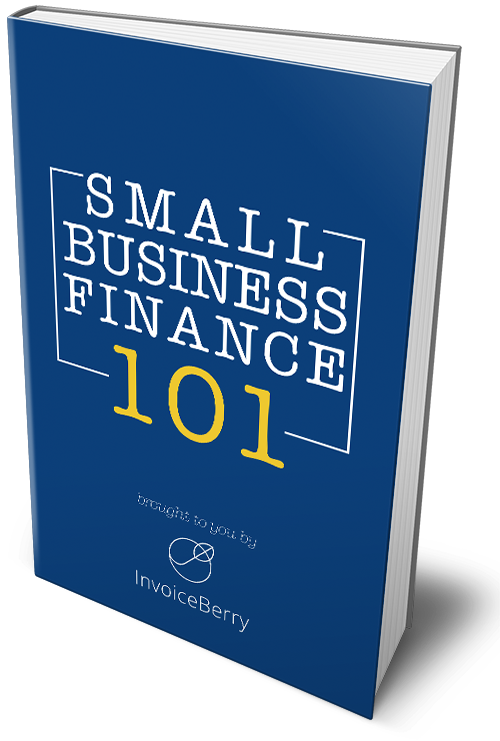Improve Your Small Business Website Speed by up to 70% in 5 Minutes
Written by Uwe on July 18, 2016
Speed, speed, speed. While properties might be all about location, location, location, websites are all about the speed.
It’s needless to say that the design, functionality and user experience of a website is very important. However, none of these factors matter if the website visitor leaves the page because it loads too slowly (or not at all).
Try our online invoicing software for free

Accept online payments with ease
Keep track of who's paid you
Start sending invoices

Even though our team members in our offices in London (UK) and Vilnius (Lithuania) enjoy some of the world’s fastest internet speeds, we know that a lot of our customers from around the world don’t have the luxury of 300+ Mbps connections.
Only after the website loading speed is acceptable and the page can load completely can the website visitor look further into your website, service or product, and only then do additional factors such as the design and user experience matter.
After relaunching our website and software earlier this year we mainly worked on a new design, browser compatibility and the content we show to our website visitors.
We completely overlooked the fact that the website should load as fast as possible in order to provide a decent user experience.

Google and Bing take page speed into account when ranking websites, too.
We’ve used three speed tools to help us optimise our website in a matter of a few hours:
- Google’s PageSpeed Insights
- GTmetrix
- Pingdom’s Website Speed test
When working on optimising a website it is common to look at four values of these kind of speed optimisation tools: performance grade, requests, load time, page size.
The performance grade is an internal value specific to the tool you are using as they decide how they calculate the final grade. However, it is still a fast and simple way to get a quick overview of the current state of your page speed. In general, the grade is based on the other three values and a variety of additional data the tool picks up from your website.
The amount of requests is the number of internal and external JavaScript, CSS, HTML and image files that the website loads when you open it in your browser.
The load time is the time it takes to fully load the website measured in seconds.
The page size is the amount of data (think again about all the lovely HTML, CSS, JavaScript and image files) that’s being loaded when you visit a website for the first time (no caching).
The aim is to get all numbers (except the performance grade) as low as possible without compromising the user experience too much.
There are plenty of suggestions on how to achieve a faster loading website, but it often comes down to one crucial part: Images.
We all know the idiom:
A picture is worth a thousand words
But what’s the price we’re paying?
Well, a website can easily reach > 1 MB in size by adding a couple of pictures or screenshots to it. And while I agree that these images might be a crucial part of the design and that they are necessary to attract attention and create value for the customer, they also decrease the page’s loading speed.

By using a tool such as TinyPNG, you can decrease the size of an image tremendously without a high loss in picture quality. We ran a few tests before optimising our free invoice templates page and got the following results:


After simply implementing one change we reached these results:


What did we change? We simply compressed our screenshots on that page with TinyPNG.
We gained close to 10 performance points by investing less than 5 minutes. That’s a great return on investment in my opinion.
Other points to look into are:
- Minify your CSS files by using a service like CSSMinifier
- Minify your JavaScript files by using a service like JSCompress
- Merge JavaScript files to have fewer requests
- Check your website’s header and footer files for internal and external CSS and JavaScript which is no longer being used but still loaded
Got any other tips for improving the page speed of your business website? Let us know in the comments below!
Small Business Finance 101
Download our free guide to learn the fundamentals of finance that will help make your small business more efficient and successful.
